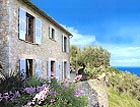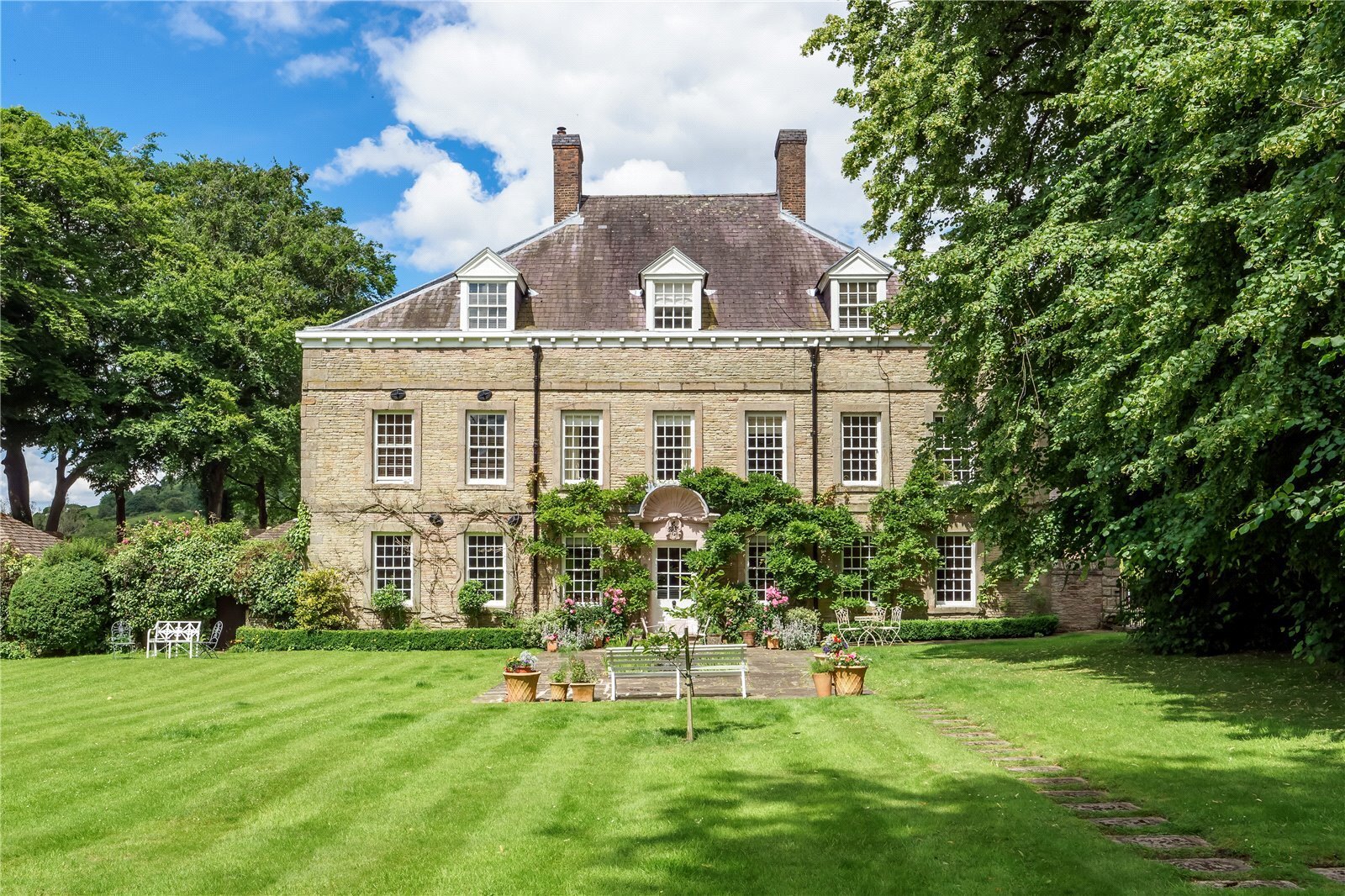Mallorca property market update: January 2010
Mallorca is very much still a lifestyle destination as prime property in the right area will still sell, although buyers can't expect a complete bargain says buying agent Jan Westwood.


Mallorca has attracted very few speculative investors and still remains what has come to be known as a lifestyle choice destination.
Balanced supply and demand
You cannot lump the Balearics together with the rest of Spain, in particular the mainland costas where overdevelopment has led to a vast surplus of new build apartments leading to a dramatic fall in prices.
Supply and demand in Mallorca is more evenly balanced, and as the coastal authorities and local councils are constantly tightening planning laws under the direction of the Ministry of the Environment, choice is more restricted. In some coastal urbanisations, such as Cala Blanca and Montport III in Andratx (SW) or Bens D'Avall in Soller (NW), the area has simply been re-zoned as protected, even though a degree of infrastructure was already in place, resulting in costly compensation cases.
Mallorca's appeal
Foreign residents now account for over 21% of Mallorca's 855,000 registered population, the highest percentage in Spain whose average stands at 12%. This doesn't include the influx of foreigners who spend three to six months here in second homes, the number of which is estimated at 60,000.
Dramatic improvements to the island's road and rail system greatly adds to its appeal. Palma has a sparkling underground metro system and there are plans to extend the existing rail links from Sa Pobla in the north to Pollensa and Alcudia, and from Manacor to Arta in the north east. Palma council introduced further designated cycle lanes in 2009, bringing the total to 30 km in and around the city. At the same time, the Balearic government is investing heavily in promoting the island, which attracted over 90,000 cyclists last year, as a training and competition venue for both amateurs and professionals in the shoulder months.
Exquisite houses, the beauty of Nature, and how to get the most from your life, straight to your inbox.
Mallorca's image for quality tourism is fiercely protected. Over the next two years, they plan to spend 18 million Euros on coastal protection, maintaining sand dunes and introducing wooden decked pathways. The island has 554 km of coastline and over 60 beaches with access for the disabled. In 2010 it will be awarded 41 Blue Flags and a further 17 for its ports and marinas. 34 boats patrol Balearic waters throughout the peak season keeping the waters free of non biodegradable rubbish. This summer over 200,000 recyclable, cardboard ashtrays were distributed on the beaches and laws were introduced to phase out plastic bags in the major supermarket chains.
The market in 2009
Although the travel industry expressed concern for significant losses to the Mallorca tourist industry at the beginning of 2009, recent figures show better performance than expected with 9% less visitors this year, while Palma airport remained the third busiest airport in Spain. The private yachting industry was relatively unaffected, with demand for berths still outstripping supply in the island's ports.
Before the economic downturn, which began to take effect during autumn 2008, the numbers of overseas buyers had been split virtually 50-50 between the British and Germans. By mid 2009, apartment sales reduced by 30% compared to the previous year, and German buyers accounted for 65% whilst the weak pound contributed to keep British buyers at 20%, with the rest spread amongst other nationalities, notably Swiss, Spanish and Scandinavian.
It has taken time for vendors to adjust prices in Mallorca. Predominantly a second home market, a property might take up to twelve months to shift with vendors not pressed to sell and buyers not pressed to buy. Consequently, there are now more rental properties on offer.
By the end of 2009, the number of transactions on apartments had reduced by 36% compared to the same period last year. Prices have come down by as much as 20% in some cases, particularly in communities where similar units are for sale. Quality, seaview apartments in sought after locations may have been reduced by 15%, which will spark buyer interest.
Similarly, prices for fincas and villas inland readjusted downwards by 15% on average. Diligent buyers who did their research and watched the market carefully were able to seal some excellent deals. A five bedroom villa in Bunyola originally asking €1.65m dropped almost 40% to €1m.
There's still little movement in the mid range (up to one million Euros), with plenty of choice amongst standard, detached homes in SW residential districts such as Santa Ponsa. The outlook for 2010
In highly attractive areas such as Puerto Andratx, prime property correctly priced will sell quickly. Shortly after hitting the market at €8.6m, a top quality contemporary villa in Cala Marmacen sold for well over €8m. It's no longer the case that location alone will command top prices as discerning buyers in today's market are looking for value.
Whether the market has bottomed out remains to be seen. The decline in prices seems to be generally slowing and there are reports of the first green shoots of recovery in the ailing economy. Work has recently resumed on an ambitious, luxury hotel project for the Jumeriah group at Puerto Soller, which had been stalled for the past eighteen months.
As investment in the island gathers pace again, agents are confident the market will begin to move forward in 2010. The banks are lending once more and exchange rate forecasts indicate a positive change ahead for British buyers though it may be very gradual.
Jan Westwood is a buying agent with specialist knowledge of the market in Mallorca; www.thepropertyfinders.com, Tel: +34 971 233 207
Country Life is unlike any other magazine: the only glossy weekly on the newsstand and the only magazine that has been guest-edited by His Majesty The King not once, but twice. It is a celebration of modern rural life and all its diverse joys and pleasures — that was first published in Queen Victoria's Diamond Jubilee year. Our eclectic mixture of witty and informative content — from the most up-to-date property news and commentary and a coveted glimpse inside some of the UK's best houses and gardens, to gardening, the arts and interior design, written by experts in their field — still cannot be found in print or online, anywhere else.
-
 Can you buy happiness? The latest list of Britain's happiest places, and what you could end up with if you moved there
Can you buy happiness? The latest list of Britain's happiest places, and what you could end up with if you moved thereCan you buy happiness? Of course not, but you can buy a nicer house in a better town... and, well, that's probably going to help quite a bit.
-
 Is the British Museum's attempt to save a Tudor-era pendant with links to Henry VIII proof that the institution is on the up?
Is the British Museum's attempt to save a Tudor-era pendant with links to Henry VIII proof that the institution is on the up?After years of neglect and controversy, Britain's premier cultural institution seems to be finding its feet again.
